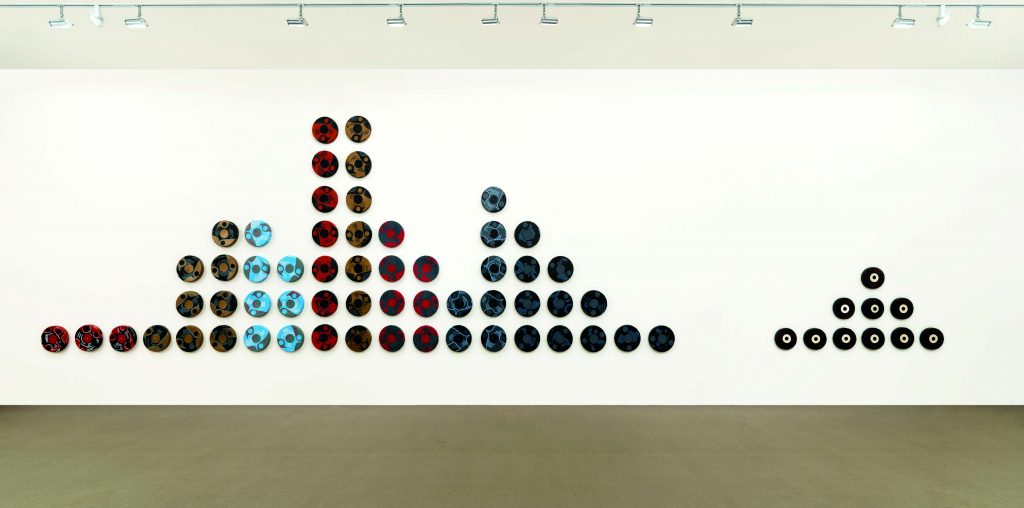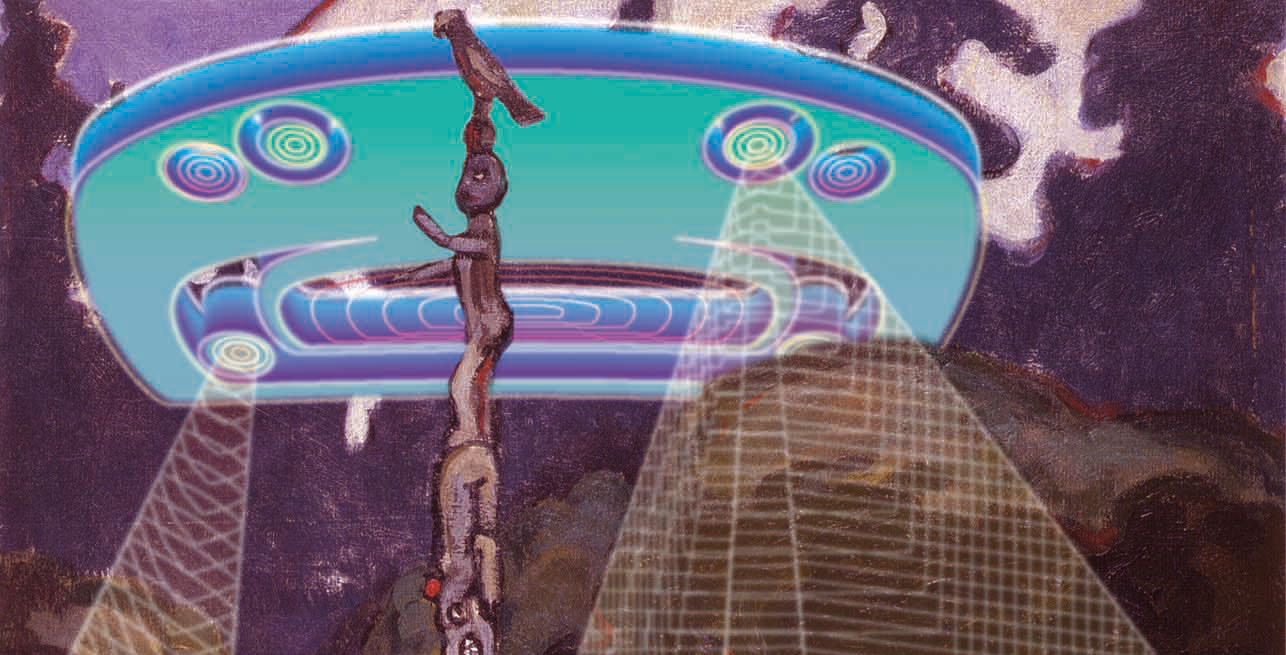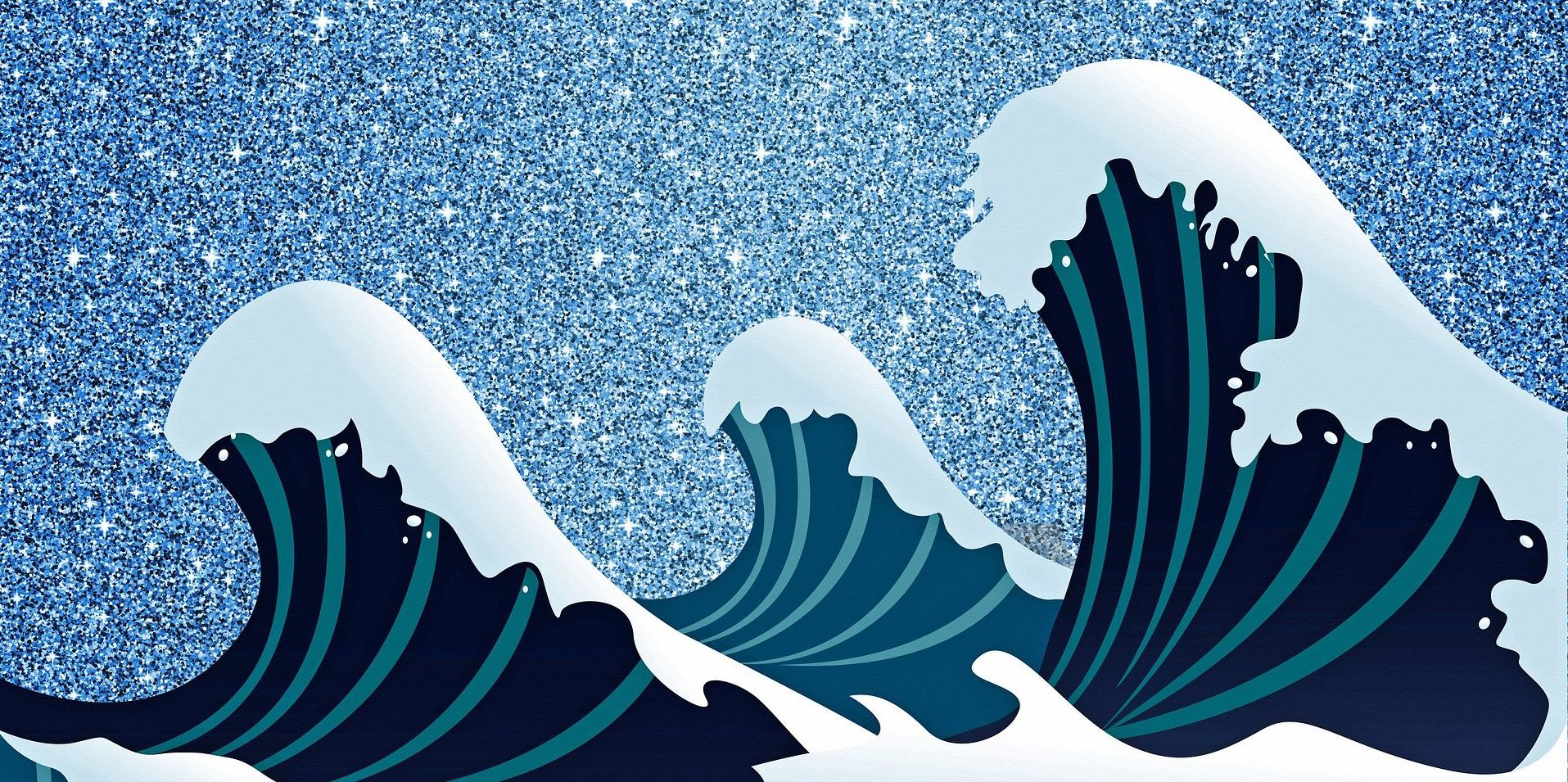“Trickster” is the word that Janet Rogers uses to describe artist Sonny Assu in her forward to his recently published collection, Sonny Assu: A Selective History. The term seems very fitting. Like Raven or Coyote, Assu’s art is mischievously clever. He is both a thief and a creator, taking hungrily from the world around him and transforming what he has stolen into something enticingly new. And like those classic trickster figures, Assu has given us the gift of fire — a light that reveals realities too long pushed into the darkness.

University of Washington Press, 2018
Assu is an artist of Liǥwildax̱w/Kwakwaka’wakw heritage, living in unceded Liǥwildaʼx̱w territory (what the Canadian government calls British Columbia). He has already won or been nominated for a number of awards, and his art has been shown around the world. This book was my first introduction to Assu, and it blew me away.
Assu’s works vary widely in form and medium — from digital prints and painted panels to wood sculptures and large installations. However, they share a certain boldness of message and vividness of line and color that owe an equal debt to graffiti, poster art, pop-art, and 4-color comics. The pieces feels young, brash, modern, and playful, often speaking directly to current First Nations and Canadian politics.
At the same time, Assu’s art is deeply rooted in the histories, totems, materials, and traditions of indigenous life on the Northwest Coast. His designs are often inspired by the area’s iconic formline art. Many feature copper, a highly-valued and symbolic material central to the Northwest Coast potlatch ceremonies. Such ceremonies were banned by the Canadian government for 67 years, and the violence of that ban reverberates throughout the book. Music is also a repeated theme. Painted drums and copper records recall the ways that indigenous voices and music were kept alive despite the ban and other efforts to silence them.

2012-2013, acrylic on elk-hide drums, 10 and 12 inches in diameter. Installation of 67. Rachel Topham, Vancouver Art Gallery
While Assu’s oeuvre is hard to pin down with any one label, some of my favorite pieces in the book are in the spirit of indigenous futurism. While maintaining a connection to an indigenous past, they also reclaim the present and the future as spaces of indigenous life and power. For example, in Assu’s series Interventions in the Imaginary, the artist takes classic Canadian paintings that portray indigenous peoples as romanticized or absent and “digitally intervenes” with UFO-like 3-D formline shapes that come to dominate the prints. In one, the shape seems to be “beaming up” an indigenous family. It carries the Star Trek-inspired title “Yeah…shit’s about to go sideways. I’ll take you to Amerind. You’ll like it, looks like home.”
The essays in the book — written by fellow artists, writers, and curators — touch on various facets of Assu’s work. Taken together, they uncover the historical, personal, narrative, and theoretical backdrop upon which Assu’s art takes on its full meaning. An essay by Assu himself offers further insights into the artist’s process and goals. Through these essays, the reader is guided through Assu’s trajectory as an artist, a journey that simultaneously a personal exploration of his history and ancestors, an effort to make visible the ongoing horrors of colonization and racism, and a reassertion of indigenous ways of knowing and being.
2016, Digital intervention on an Emily Carr Painting (Cape Mudge: An Indian Family with Totem Pole, 1912). Archival Pigment Print, Sonny Assu
Images from Sonny Assu: A Selective History, used with permission



